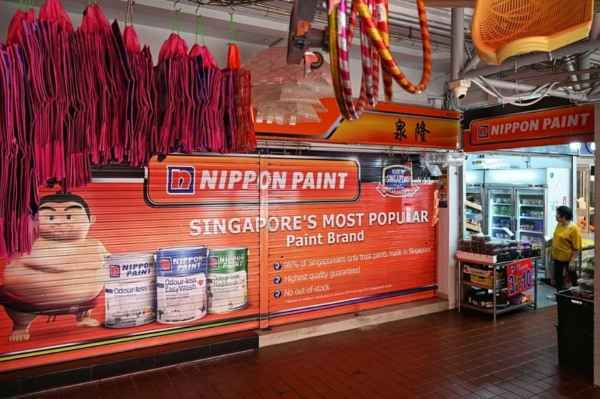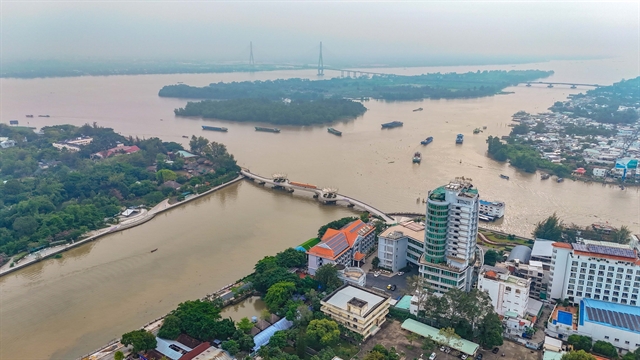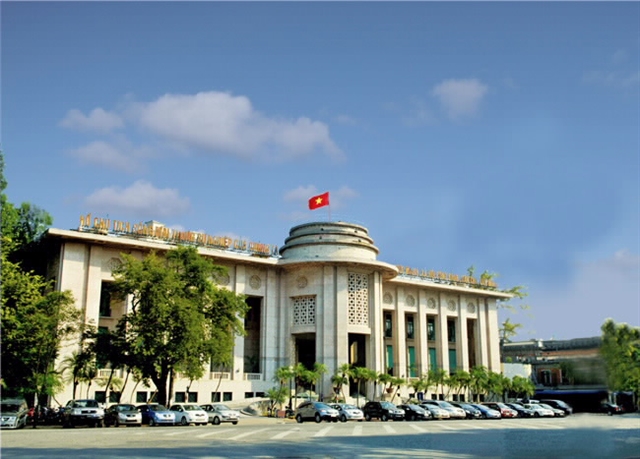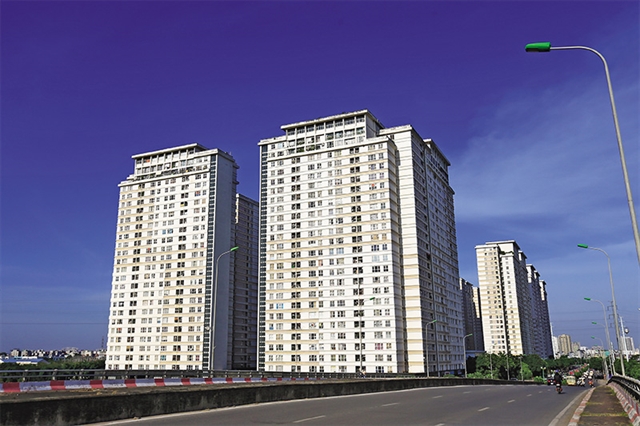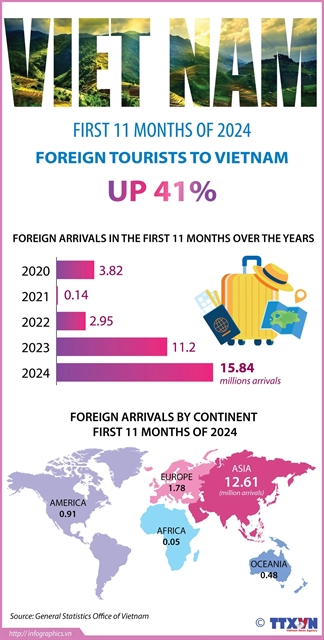

Twenty years ago, Vietnam was mostly seen as a tourism destination for intrepid travellers and backpackers. But thanks to the vision of private developers, the country now boasts an array of world-class luxury resorts and cultural attractions.
Twenty years ago, Viet Nam was mostly seen as a tourism destination for intrepid travellers and backpackers. But thanks to the vision of private developers, the country now boasts an array of world-class luxury resorts and cultural attractions.
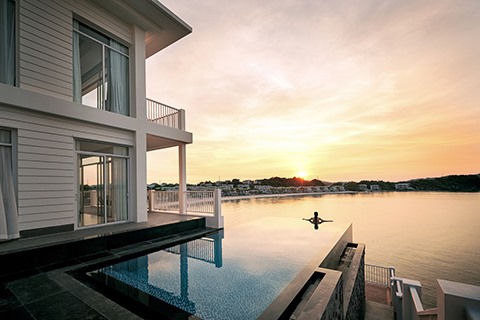
|
A view of Premier Village Phu Quoc Resort
On the world map
Just 10 to 15 years ago, Viet Nam had a very limited number of luxury resorts, limited infrastructure and no world-class theme parks. But that’s no longer the case. In fact, the country now possesses some of the world’s leading luxury accommodations and theme parks.
At the World Travel Awards (WTA), often described as ‘the Oscars of the world travel industry’, Hotel de la Coupole - MGallery (Sa Pa) was named ‘Asia’s Leading Design Hotel’ and ‘Vietnam’s Leading Luxury Hotel’ in 2019 and 2020. Meanwhile, Sun World Fansipan Legend, also located in Sapa, was named the ‘World’s Leading Cultural Tourist Attraction’ award in the same years.
The WTA has also honoured six luxurious hotels and resorts in central and southern parts of Viet Nam, namely, Sun World Ba Na Hills (Da Nang), InterContinental Danang Sun Peninsula Resort (Da Nang), Premier Village Danang Resort (Da Nang), Mercure Danang French Village Bana Hills (Da Nang), JW Marriott Phu Quoc Emerald Bay (Phu Quoc), and Premier Village Phu Quoc Resort (Phu Quoc).
In northeast Vietnam, Van Don International Airport – the first privately developed airport in Viet Nam, which gives tourists easy access to Ha Long Bay – was awarded ‘World’s Leading Regional Airport 2020’.
The airport and all of the above resorts – now seen as iconic landmarks – were developed by Sun Group, one of the largest real estate developers in VietNam. Commenting on these prestigious international prizes, Chairman of Sun Group Dang Minh Truong said: "To invest in tourism, we have embarked on a challenging journey that has been far from easy and will continue to pose many difficulties. However, our biggest aim is to find the best way to help Viet Nam become a bright spot on the world’s tourist map."
Clearly, these aspirations are already being realised. Sun Group’s world-class projects have not only enhanced the attractiveness of destinations but also improved the quality of life for many local communities. Furthermore, many more major private businesses and enterprises have followed suit, contributing to the dynamic development of the local as well as the national economy by delivering luxurious, sustainable and high-quality tourism products.
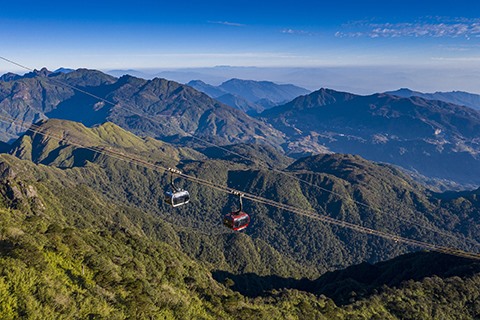
|
SunWorld Fansipan Legend cable car.
Building for a bright future
According to the Government’s master plan for tourism from 2020 through to 2030, the country will benefit from total investment capital of US$94.2 billion, of which State budget funds, including official development assistance capital, will account for 8-10 per cent, and funds from the private sector, including foreign direct investment capital, will account for 90-92 per cent. Clearly, the private sector’s role in the development of Viet Nam’s tourism sector is vital.
Looking back over the last decade, we can see seismic changes in how private businesses, such as Sun Group, Vingroup and Viettravel, have built new capabilities and launched various types of tourism products and services ranging from hotels, entertainment and resort complexes to transport infrastructure with a network of airports, ports and roads. These strategic projects have made an immense contribution to the dynamic development of Viet Nam’s tourism industry.
Today, there are investment projects developed by private groups in some of the country’s most popular destinations, including Da Nang, Nha Trang, Quang Ninh, Lao Cai and Phu Quoc.
Once a sleepy, remote destination, Phu Quoc Island City has now become one of Viet Nam’s most luxurious tourist hubs thanks to developments from Sun Group, Vingroup and BIM Group and the arrival of international operators such as JW Marriott, InterContinental, Hilton, Hyatt and many others.
Located on Hon Tre Island, Vinpearl Land Nha Trang is another world-class entertainment paradise, which attracts a large number of tourists each year. Since FLC Group inaugurated FLC Quy Nhon Beach & Golf Resort, Quy Nhon has also emerged as an attractive tourist destination in central Viet Nam. Additionally, Tay Ninh has seen a rise in the number of tourists in recent years after a new modern cable car system was launched to help visitors conquer the roof of Ba Den Mountain. Developed by Sun Group, the cable car system is part of the entertainment and cultural attraction, Sun World Ba Den Mountain.
The first time Sun Group awoke a ‘sleeping beauty’ was in central Viet Nam with Ba Na Hills, which opened more than 10 years ago. The development has also been a huge boost to Da Nang, which for many years was seen just as a hub for travellers going to Hoi An. Recognised at the WTA in 2016 as ‘Asia’s Leading Festival & Event Destination’, Da Nang has been transformed in recent years with the development of a number of stunning luxury resorts and entertainment complexes. The private sector has financed highly successful events in the city, such as the Da Nang International Fireworks Festival and the Da Nang Street Carnival, helping Da Nang to top a list of Google’s Trending Destinations in 2020.
In the words of economist Tran Dinh Thien, “the private sector has made great contributions to Viet Nam’s tourism industry”, and in the near future, we can expect private businesses to create more luxury developments and cultural attractions in less-heralded destinations, such as Van Don (Quang Ninh), Cat Ba (Hai Phong) and Tuy Hoa (Phu Yen), helping to drive the Vietnamese economy and attract international tourists from all over the world.


